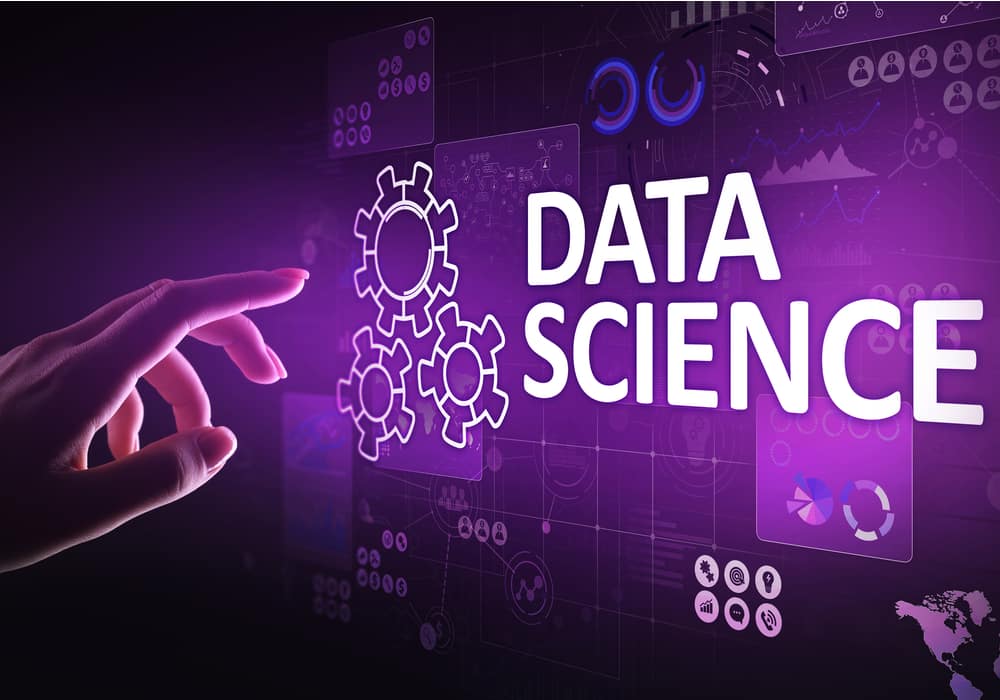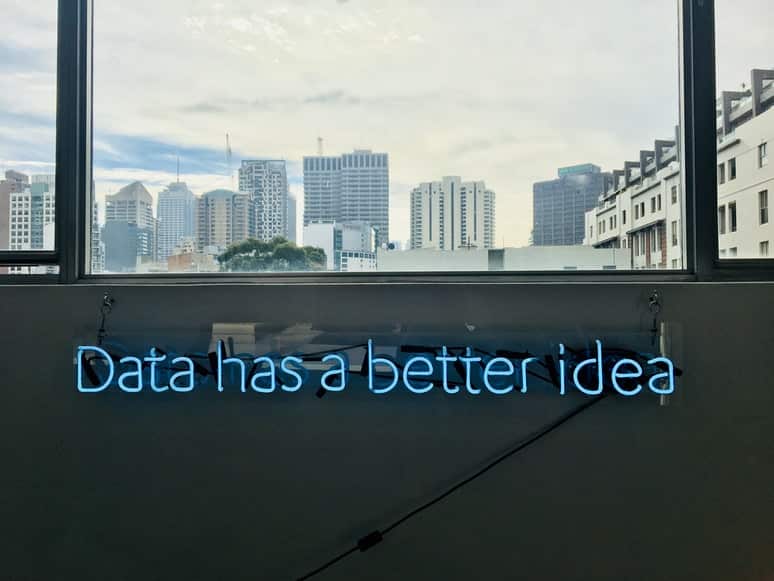Today, the world is driven by data and the future of data science is seemingly looking bright with more and more data being generated and managed. On average, an individual will generate 1.7 MB data per second by the end of the year 2020. The scale of big data is also huge and it has made its way into the core aspects of the daily life that includes both personal and professional space. Data privacy has also come into picture bright and bold and consumers are becoming more aware of their privacy rights. Companies are now using this intel wisely and to reach out to their customers efficiently.
Going forward, big data is going to play an important role in driving critical business decisions. Data Science trends will define modern healthcare, finance, government policies, business management, marketing, manufacturing, and energy sector. This will call for an increased demand for skilled data science professionals across industries. They will be needed to overcome the challenges with data analytics and to innovate improvements in products, services, and society.
In this article, we will list some data science future trends. Let’s get started.
Businesses will prioritise tech leading to a rise in Data Science jobs
The importance and adoption of technology are on the rise among organisations and that is the reason why IT-focused jobs have grown in number and roles. As per the data by the Bureau of Labor Statistics, the number of jobs in computer and information technology will grow by 13 per cent between 2016 and 2026. This is beyond the average growth rate of all other occupations, and data science career opportunities have seen the most aggressive growth.
A LinkedIn analysis suggests that since 2012, Data Science roles have grown more than 650 per cent. There is no denying that Data Scientist has become one of the most in-demand jobs not just in the USA but globally. While the role of a Machine Learning Engineer, Data Scientist holds a strong position at number 2 among the top emerging professions. Businesses’ increasing appetite for big data is fuelling the high demand for Data Scientists.
Analytics and business intelligence solutions have become the most critical technologies for achieving organisational objectives (as per a 2018 Gartner survey). Therefore, they consistently rank data skills as the most sought after quality while hiring new talent.
Artificial Intelligence and Machine Learning will Pave the Way Forward
Data Scientists are required to work in tandem with a range of new-age technologies. Among the most impactful technologies that data scientists will encounter are Artificial Intelligence and Machine Learning. AI is already improving business functions and operations and is deemed a promising trend in the near future and for the long term alike.
In the field of data science, AI is using automated solutions to scour large data sets to draw insights for making better business decisions. According to a Deloitte survey, 9% of the organisations believe AI is helping them leapfrog competitors already.
The realisation of the advantages of these new-age technologies like AI, machine learning, and deep learning with their applications will lead to the true future of data science. Machine learning helps statistical models to develop capabilities and improve their performance over time. It also eliminates the need to explicitly follow programmed instructions and go beyond the limits of basic automation to deliver greater business insights.
Rapid Growth of IoT
IoT investments are expected to reach $ 1 trillion by end of the year 2020. This clearly indicates the anticipated growth in smart and connected devices. There are existing apps and devices that are being used to control home appliances and are examples of mainstream IoT. But, this makes just the tip of the iceberg as the scope of IoT is much more widespread. Even if the users are not aware of the technology behind the smart solutions they are using, IoT still comes into play in the majority of the smart equipment and solutions used in daily life. Smart devices such as Alexa, Cortana, and Google Assistant allow us to easily automate tasks in our homes. In the near future, businesses will increase the use of IoT in their data science applications, investing more in IoT technology.
Big Data Analytics is evolving
Most of the primary objectives of businesses will be achieved through effective big data analytics as it enables significant competitive advantage to businesses. Various tools and techniques such as Python are used to analyse big data and draw meaningful insights and patterns from the data.
Also, more and more businesses are focusing on identifying the reasons behind specific events and occurrences as and when they take place. This is where predictive analytics comes into play for companies to identify current trends and forecast future trends. Companies such as Amazon use predictive models to stock warehouses given demand across neighbourhoods.
Edge Computing on the Rise
Sensors are largely responsible for bringing edge computing to the forefront. This advancement will continue in large parts of the IoT and will take over the mainstream computing systems. Edge computing offers the opportunity to store streaming data in close vicinity to the sources and analyse in real-time.
Also, big data analytics demands a much larger network bandwidth space and high-end storage devices. Edge computing offers an effective alternative to big data analytics. The number of devices collecting data is increasing exponentially and hence more and more organisations are adopting edge computing for its capabilities in resolving issues related to bandwidth, latency, and connectivity.
Lastly, combining edge computing with cloud computing will provide a synchronised infrastructure that mitigates risks connected to data analysis and management.
Improved new-age Academic Programs in Data Science
Modern academic programs in Data Science will increasingly expose learners to software engineering, statistics, and other related disciplines in the field of data science and data analytics. Learners graduating from these programs will remain competitive in the job market as they will get to work on real-life industry problems through these programs. These programs will include broader insights into AI, big data, statistics, linear algebra, and machine learning in their curriculum. With these programs, the future of data scientists will be bright and they will be job-ready with the skills that the businesses demand.
These are some of the top data science trends that professionals will witness in the coming years. For more such articles, stay tuned to this space.
Looking for the best data science courses online? Look no further than Great Learning! Our courses are designed by industry experts and cover all the skills you need to get started in data science.
Also, if you wish to become a data science professional working in the United States, sign up for Great Learning’s PG Program in Data Science and Business Analytics to get certified.









